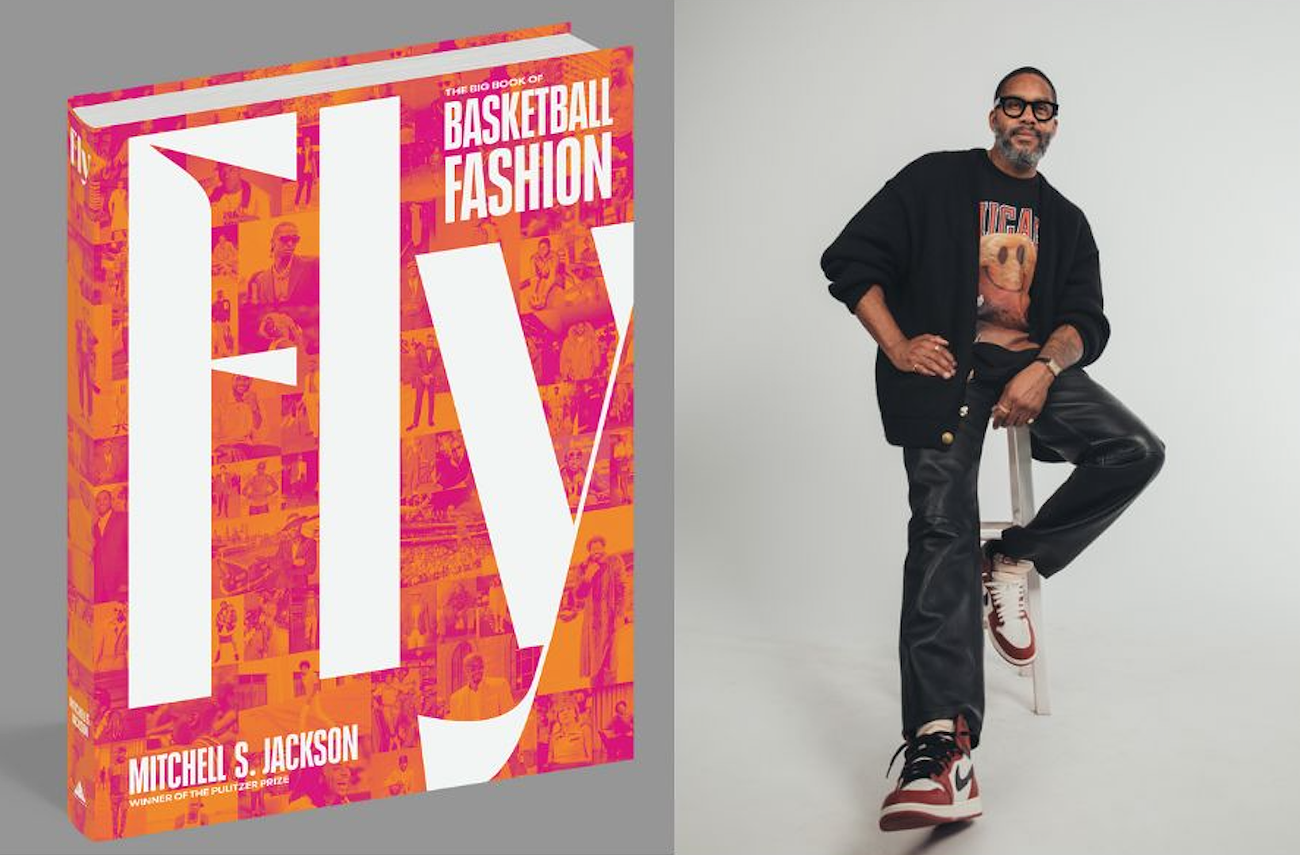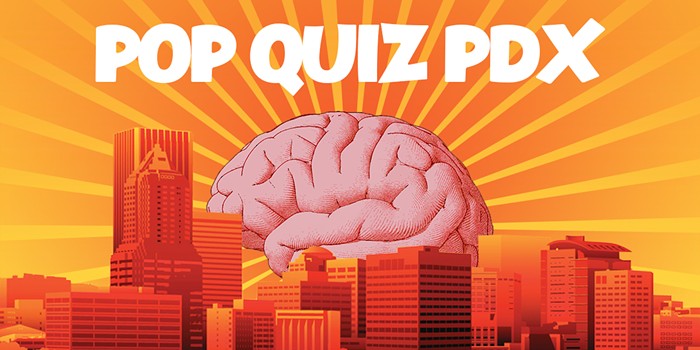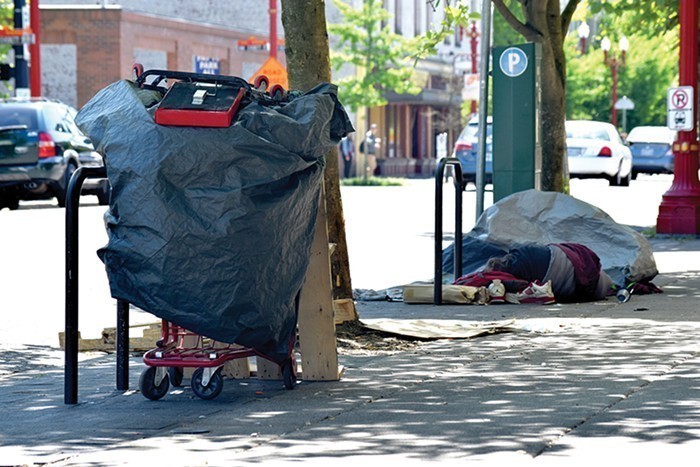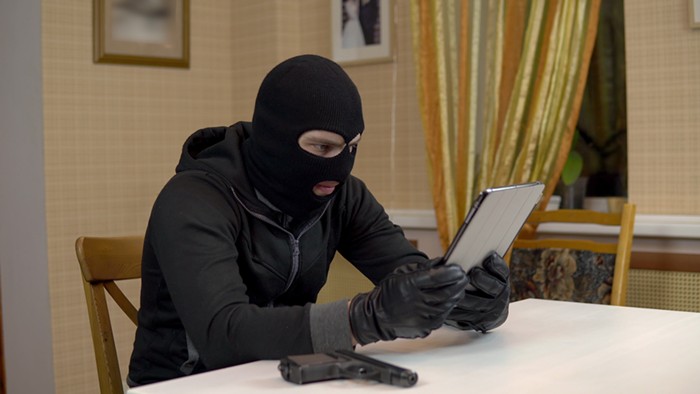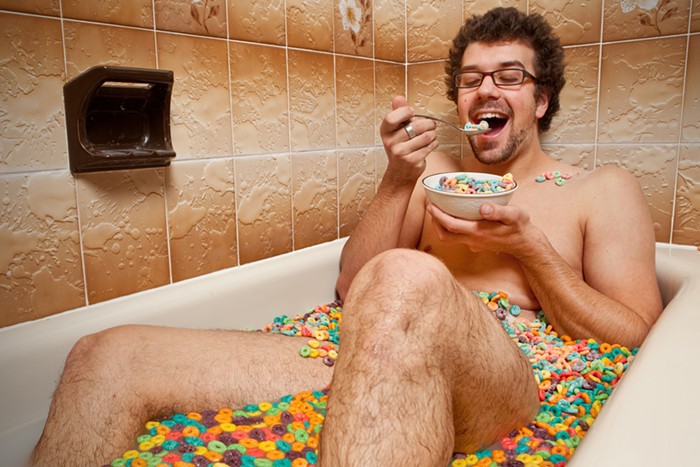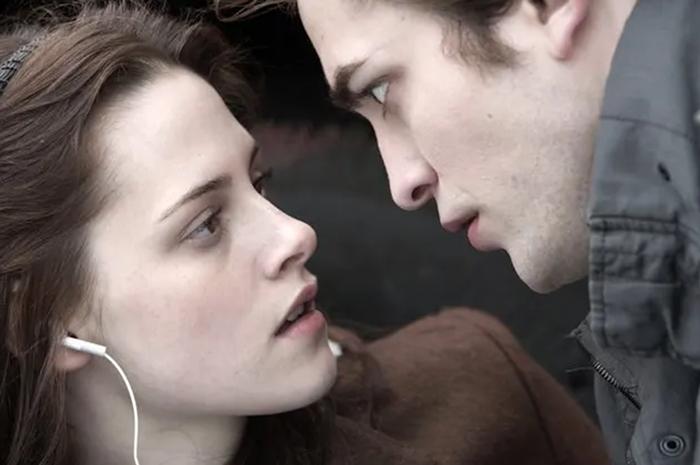An Astrological Guide to Portland’s Film Festival Scene
Let the stars in the sky be your guide to the screen.
Get Thee to a Gallery
Our picks for Converge 45 and other Portland gallery shows you must not miss this fall.
Making Matta Moves
Chef Richard Văn Lê closed his cart, and moved into restaurant collective Lil’ Dame.
Portland’s Coolest New Record Shop Is Also a Cultural Hub
Beacon Sound, Musique Plastique, Super Electric, Lost Avenue, et al—the signage is going to be intense.
What Does Basketball Fashion Have to Do With Basketball?
Not a lot, but in Mitchell S. Jackson’s new book, Fly, it sure is fun to look at.
Birth of a Comedy Corridor
After a blowout summer of Comedy in the Park, Kickstand hopes audiences will join them indoors.
Artists Repertory Theatre Will Keep Building
Four years into its two-year tour, the company faces another setback.
EverOut's Guide to Fall 2023 Arts Events in Portland
Concerts, Exhibits, Performances, and More Events to Put on Your Calendar
Eight Fascinating Things We Learned in Poison Waters’ Drag History Class
Looking back on Portland's history, fabulously.
Appreciating the Musical Genius of John Williams
We asked associate conductor Deanna Tham to unpack the Oregon Symphony’s take on the greatest modern film composer.
PICA’s New Arts Festival Takes Its Time
Stepping in for the Time-Based Art festival, Time-Released promises chaotic good performance art in bursts.
There Will Be Black Art
Intisar Abioto brings first-of-Its kind exhibit Black Artists of Oregon to the Portland Art Museum.
Works in Progress
Checking in with two of Portland’s most important art projects: the Doug Fir and Tomorrow Theater.
Why Were So Many Libraries Closed This Summer?
Seven of 19 Multnomah County libraries are currently closed for renovation—here’s why.
How much does the profession of basketball intersect with the art of dressing? According to gritty NBA forward and notable fashion plate PJ Tucker, only so much.
“They don’t even correlate to me,” says Tucker in an interview that appears in Fly: The Big Book of Basketball Fashion, a new coffee table-style book by Portland-born author Mitchell S. Jackson (Survival Math). “The way I play and the way I dress. Like night and day. I guess it’s kind of impossible to dress like I play, ‘cause, you know, I’d probably look like a homeless person.”
NBA players are tall, in excellent shape, young, rich, and famous: This gives them everything they need to operate as models for bespoke clothing. Who cares if dressing well has little to do with the actual playing of the game of basketball? A survey of the style of NBA players from the post-war era until now still functions as a survey of fashionable-yet-highly-wearable clothing that might be otherwise overlooked and thus forgotten.
Jackson broke up his catalog decade by decade and the results track with whatever emergent youth culture was ascendant and with whatever men—Black men, especially—were trying to project at the time. In the '60s, we see a lot of suits and ties, a reflection of the Civil Rights movement and Black struggle for acceptance in white America. In the '70s, the seriousness of that moment recedes and color blossoms across the page. See Kareem Abdul-Jabbar draped in a dashiki, Bill Walton sporting overalls, Wilt Chamberlain in a silk top, three buttons undone, sporting a massive medallion.
No one in history got more and wilder fits off than Knicks guard Walt Frazier during this era. He appears in these pages sporting a turtleneck, a gold medallion, a Spanish-style wide brim hat, and an honest to god cape, and, somehow, it all works. For more of Frazier’s work in the aesthetic space, check out his 1974 book Rockin' Steady: A Guide to Basketball & Cool, where Frazier tells the reader exactly how to rock a cape, and also how to defend every NBA starting guard from the 1973 season.
The ‘90s and the early aughts ushered in a series of baggier and baggier fits. Michael Jordan’s gigantic, nearly Byrne-esque, suits really stick out at first, until Iverson comes along and inspires the entire league with hip-hop aesthetics. In the wake of the Malice at the Palace—a massive brawl during a Pistons-Pacers game that spilled out into the stands—NBA Commissioner David Stern, in a paternalistic and also pretty-racist move to improve the perception of the league in the eyes of white America, employed a strict dress code on players’ game day fits.
And so, NBA fashion as we know it has returned to the well-kempt style of the ‘60s: suits are back, sporting slim cuts which emphasize the players’ height and wide shoulders. It’s a weird space to enter intellectually, because while it does mark a hard return of respectability politics to Black fashion— like so many others in Mitchell’s fascinating and entertaining book—LeBron James wears it so well.
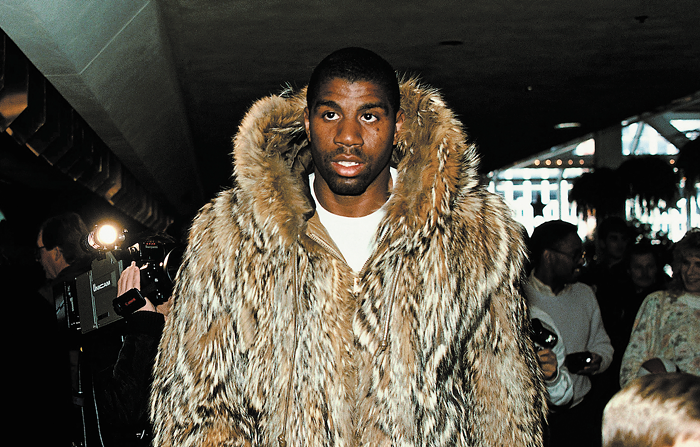
Mitchell S. Jackson appears in conversation with Tra’Renee Chambers at Powell’s City of Books, 1005 W Burnside, Tues Sept 20, 7 pm, FREE
